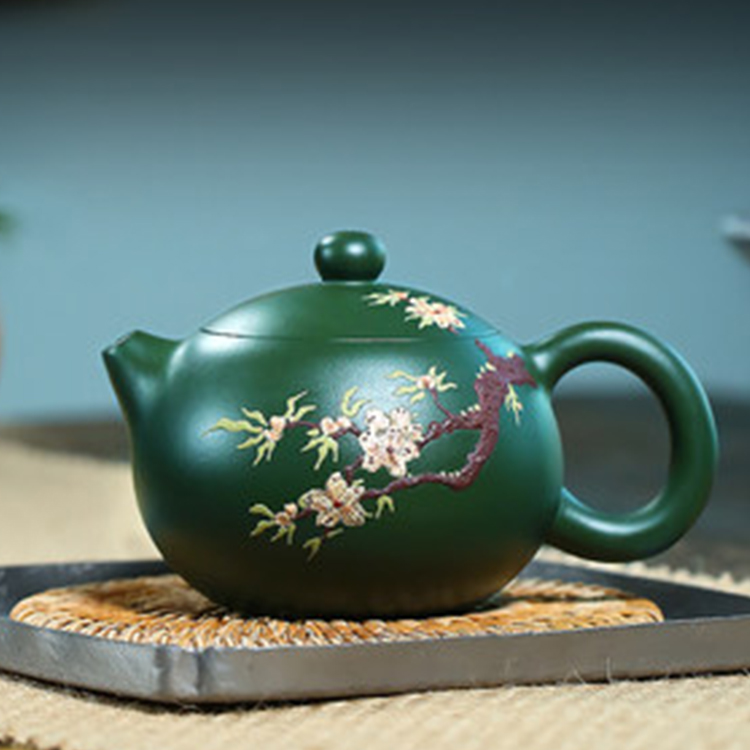Introduction
When most people think of silicone glue (also called silicone adhesive), they picture simple sealing jobs in the bathroom or kitchen. But the truth is—silicone glue is one of the most versatile and durable adhesives available today.
Because it’s waterproof, flexible, heat-resistant, and long-lasting, this glue has dozens of surprising applications. In this guide, we’ll reveal 10 creative uses of silicone glue you probably didn’t know about, plus a few expert tips to get the best results.
1. Fixing Leaky Shoes with Waterproof Silicone Glue
A few drops of silicone glue can save your favorite sneakers or boots. The glue creates a waterproof barrier, sealing tiny cracks in shoe soles and preventing water from seeping in.
2. Making Non-Slip Surfaces for Rugs and Furniture
Apply small dots of silicone adhesive under carpets, doormats, or furniture legs. Once cured, it provides a strong anti-slip grip, keeping items in place on smooth floors.
3. Repairing Kitchen Tools with Food-Grade Silicone Adhesive
Food-safe silicone glue is perfect for sealing wooden spoons, cutting boards, or broken handles on kitchen tools. It’s non-toxic once cured and can withstand hot water and daily use.
4. Creating a DIY Silicone Phone or Tablet Stand
Silicone glue can be molded into a custom stand for your smartphone or tablet. It’s flexible, sturdy, and won’t scratch your device—making it a fun and practical DIY project.
5. Weatherproofing Outdoor Lights with Silicone Glue
Outdoor string lights and garden lamps often fail due to moisture. A bead of silicone adhesive around joints and plugs makes them weatherproof and long-lasting.
6. Fixing Broken Glass, Ceramic, and Porcelain Items
Silicone glue bonds strongly with glass, porcelain, and ceramics, making it ideal for repairing vases, mugs, or decorative items. Bonus: it dries clear, leaving a neat finish.
7. Crafting DIY Silicone Molds for Arts and Crafts
Crafters often use silicone adhesive to make small molds, stamps, or textured surfaces. It’s flexible and easy to shape, opening up endless creative possibilities.
8. Sealing Aquariums and Terrariums Safely
Because it’s waterproof and safe when cured, silicone glue is commonly used for aquarium repairs and sealing terrarium edges. Just make sure to choose an aquarium-safe formula.
9. Insulating and Protecting Electrical Wires
Silicone adhesive has excellent heat resistance and insulation properties, making it a quick fix for covering exposed wires or protecting connections in small electrical projects.
10. Making Jewelry and Crafts Shine with Silicone Glue
Jewelry makers love silicone glue for attaching beads, gems, and stones to different surfaces. It dries clear, flexible, and keeps delicate pieces secure without yellowing.
Bonus Tip: Add Color for a Decorative Effect
Mix silicone glue with pigments or glitter for decorative craft projects. You can even shape it into custom grips, handles, or artistic designs.
Conclusion
Silicone glue isn’t just for sealing bathroom tiles—it’s a multi-purpose adhesive that can fix shoes, protect electronics, repair aquariums, and even inspire new craft projects.
If you’re looking for an adhesive that’s strong, waterproof, flexible, and heat-resistant, silicone glue deserves a spot in your toolbox. And if you want high-quality silicone adhesives from a trusted manufacturer, we’re here to help.
📍 Location: Dongguan City, Guangdong Province, China
🌍 Website: https://usodake.com
📧 Email: dghxxw888@163.com
📞 Phone: +86-769-81617120 | +86-13711910698
Whether you’re a DIY enthusiast, repair technician, or wholesale buyer, feel free to reach out—we’d be glad to provide professional solutions tailored to your needs.
FAQs About Silicone Glue
Q1. What is silicone adhesive glue used for?
Silicone adhesive glue is widely used for bonding, sealing, waterproofing, and insulation in industries such as electronics, construction, automotive, and household repairs.
Q2: Is silicone glue waterproof?
Yes, but it works best on PVC, polycarbonate, and smooth plastics. For stronger adhesion, roughen the surface slightly before applying.
Q3: Can silicone glue stick to plastic?
Yes, but it works best on PVC, polycarbonate, and smooth plastics. For stronger adhesion, roughen the surface slightly before applying.
Q4: How long does silicone glue take to dry?
Drying time depends on thickness and humidity. On average, it cures within 12–24 hours.
Q5: Can you paint over silicone glue?
Not easily. Paint doesn’t adhere well to silicone. If painting is required, use a primer or masking technique before applying the glue.






